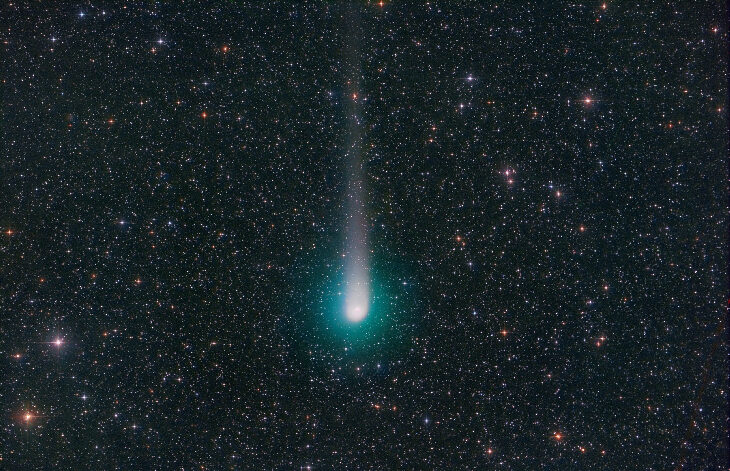
© unknown
Another week, another
climate 'fact check' for the Daily Sceptic. Four in the last month -
not a single fact proved wrong, but plenty of gripes from green activists about scientific interpretations. Maybe it is time for an appearance by the Monty Python Colonel, who frequently interrupted sketches by claiming they were "too silly".
Virginia-based academic public relations company
Newswise has claimed our June 10th
article titled "Net Zero Shock: Carbon Dioxide Rises AFTER Temperature Increases, Scientists Find", was "mostly false". The Newswise story was written by Editor-in Chief Craig Jones and Texas-based professor of atmospheric sciences Andrew Dessler.
Professor Dessler is a man of considerable scientific certitude, and has been described as the "alarmist's alarmist".In
our article, we reported that two climate science professors, Demetris Koutsoyiannis and Zbigniew Kundzewicz, sequenced the changes in temperatures and carbon dioxide growth rates from 1980 to 2019 from widely available sources, and discovered that
CO2 values lagged temperature by about six months. The scientists made the obvious point that in attempting to prove causality by stating that increases in temperature are the result of human-caused CO
2, cause cannot lag effect. I went on to note that
other scientists had struggled to find evidence that CO2 was the global climate thermostat knob. In 2015, Professor Ole Humlum from the University of Oslo found similar lags in the recent record. In addition, the Vostock Ice Core, providing 422,766 years of Antarctic snow accumulation, showed that
CO2 lagged the onset of glaciations by several thousands of years. Finally, a wider reconstruction of CO
2 and temperature going back 600 million years to the start of life on Earth showed few correlations between the two.













Comment: See also: Comet Bernardinelli-Bernstein confirmed as largest ever observed, twice the size of Hale-Bopp
And check out SOTT radio's: